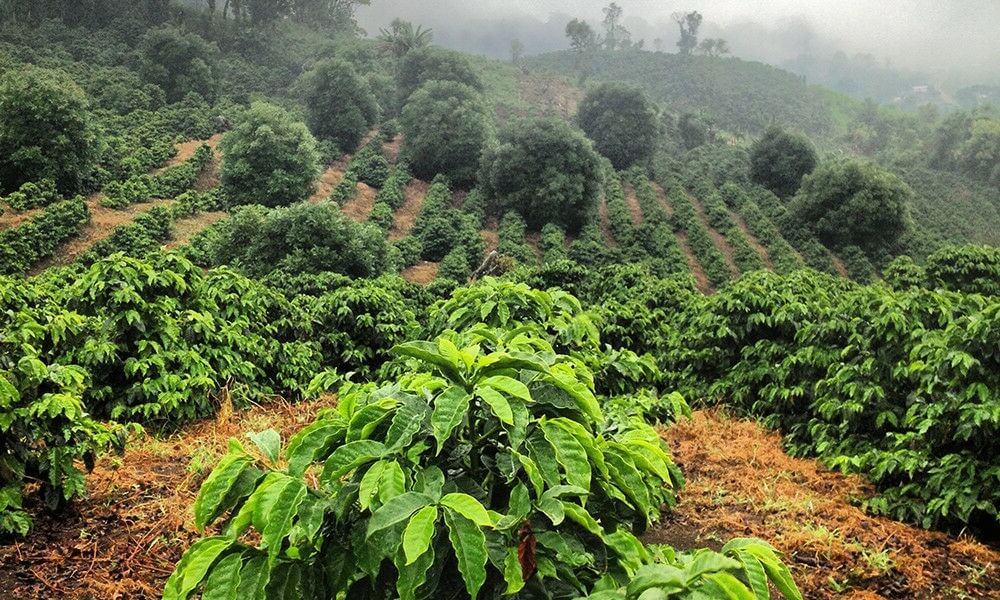In Costa Rica, where coffee runs through the nation’s veins as richly as its vibrant culture, farmers are facing an unprecedented challenge. The once abundant and predictable rains that nourished their arabica coffee beans are becoming as fickle as the stock market. But, like any good barista knows, when the espresso machine acts up, you don’t just throw in the towel; you innovate. And that’s precisely what these farmers are doing to continue producing one of the world’s favorite morning rituals.
A Climate of Change
The Central Valley, a lush cradle of fertility that has long been the heartland of Costa Rican coffee farming, is witnessing a rapid shift in its climate conditions. Jesus Valverde, a seasoned farmer from Naranjo, has turned to planting fruit trees among his coffee plants. This new canopy of biodiversity not only shades the precious beans but also creates a “microclimate” that has boosted production. This “biological technology,” as Valverde calls it, acts as a natural humidifier and soil conditioner, proving that sometimes, the best tech is the one nature provides.
A Brewing Crisis
The stakes are high, with the Inter-American Development Bank forecasting a potential halving of the world’s coffee crops by 2050 due to rising temperatures. Despite being a smaller player on the global stage, Costa Rica’s coffee industry is a heavyweight in the national economy, supporting over 25,000 families and exporting 60,000 tons of coffee last year alone, valued at a steamy $350 million.
The Drought Dilemma
Records from the University of Costa Rica paint a parched picture, with annual rainfall plummeting from a deluge of 2,907 millimeters in 2010 to a mere drizzle of 1,759 millimeters in 2023. The year 2016 stands out as a particularly dry spell, receiving only 952 millimeters of rain.
Innovation in the Fields
Harold Gamboa from the Inter-American Institute for Cooperation on Agriculture notes the constant battle with evolving pests and fungi, a clear sign that the climate change conundrum is more than just a dry spell. The Coffee Institute of Costa Rica (Icafe) is on the frontline, brewing up coffee plant hybrids with resilience in their DNA. Erika Mendez, a biotechnology engineer, is optimistic about speeding up the development of hardier coffee plants.
From Waiting for Rain to Making It Rain
Gone are the days when farmers like Johel Alvarado could simply plant their beans and wait for nature to do its thing. Alvarado has installed a drip irrigation system on his four-hectare farm, a testament to the adage that necessity is the mother of invention. Meanwhile, Eduardo Rojas, managing a 50-hectare coffee plantation in Sarchi, has seen his production soar after investing over $200,000 in irrigation and other modern miracles. His yield of 43.5 bushels per hectare in 2023 more than doubled the national average, proving that with a bit of innovation (and a substantial cash injection), even the harshest climates can yield bountiful harvests.
The story of Costa Rican coffee farming is one of resilience, innovation, and an undying passion for the bean. As the climate narrative unfolds, these farmers are writing their own script, one where adversity is met with creativity and the future of coffee is as bright as the Costa Rican sun. After all, in the land where coffee is king, no climate challenge is too great to overcome. So here’s to the Costa Rican coffee farmers, the unsung heroes ensuring our mornings remain as caffeinated as ever.


1 comment
[…] Source link […]